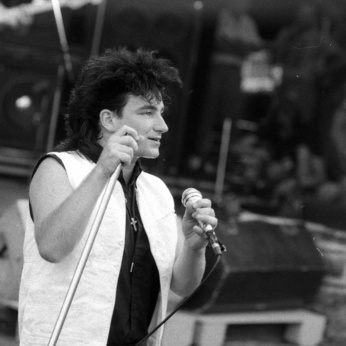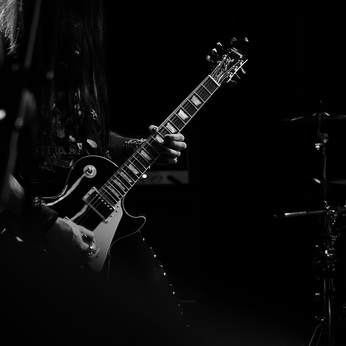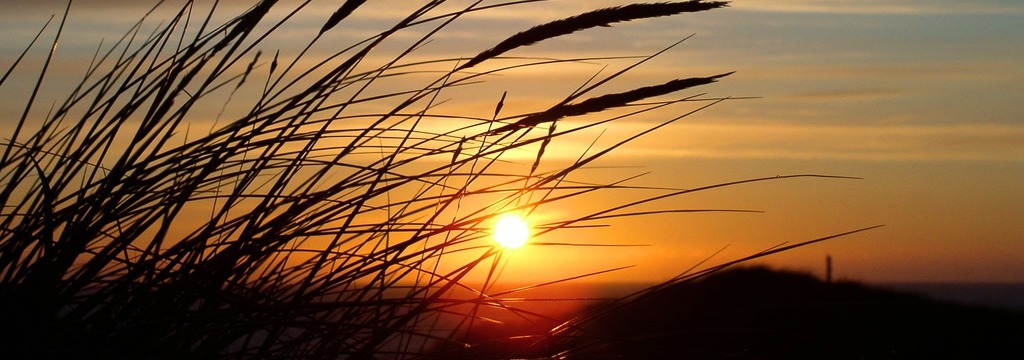Denmark
"Denmark, a Scandinavian country in Europe, is one of the smallest Nordic countries. The state consists of Denmark itself and two other countries in the North Atlantic Ocean: Greenland and the Faroe Islands. Its capital is called Copenhagen and the country is home to more than 5.6 million people. Are you ready to explore the diversity of Denmark? Climb one of Europe’s biggest sand dunes, hike in one of its beautiful forests or enjoy the typical Danish hygge!"
Did you know...
That Danes are rated to be the happiest people on earth for two years in a row by the UN World Happiness Report?
That LEGO is actually Danish?
That a funny stereotype about Danes is that they only wear black clothes? Actually, that’s not 100% true. They also wear dark blue, dark green, 50 shades of grey and white during summer.
That Denmark doesn’t have any mountains, so biking is never uphill?
That when Walt Disney visited the Tivoli Gardens in Copenhagen, he became so inspired and decided to create something similar in America: Disneyland?
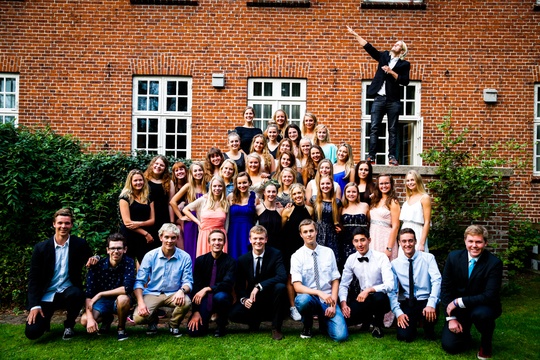
"I've personally enjoyed every single moment I experienced, but the funniest moments were the moments I spent with the other students, this was the best. Staying with other people from other countries and feel happy all the time, that's something I will never forget."
host families
Families attach a lot of value to having dinner together, so that they can talk about their experiences and what happened throughout the day. Since they think this is really important, Danish people don’t snack a lot in between meals. So try to take part in these conversations, since your new host family will try to make you a part of their life.
Danish kids play an important role in family decisions. They are granted freedom with responsibilities, meaning that they are taught to handle responsibilities from a very early age, giving them a certain amount of freedom. Basically, this means that you receive a lot of personal freedom as long as you respect the house rules and do the chores you were asked to do. That is, household chores are not only taken care of by the mother but by the whole family. Since men and women are considered to be equal in Denmark, most women practice a full time job as well.
school
A specific type of secondary school, the one where exchange students will take part in, is called Gymnasium. After being admitted to Gymnasium, students choose a specialized program with different subjects. It’s required that each school offers at least 4 different programs, including one in mathematics and natural science, one in foreign languages, and one in social studies. However, there are also a few mandatory subjects, such as mathematics, physics, religious studies, classical studies, English, Danish, history, social studies and physical education. Additionally, each student is also required to follow another modern foreign language, while English is compulsory for every student. A normal school day starts at 8 A.M. and finishes at 4 P.M.
Danish schools normally don’t have any uniforms, but rather have a relatively liberal dress code- also for teachers. Usually, schools don’t provide lunch for students, so it’s common to bring your own food. Another useful tip is to bring a laptop with you, since that’s what most students do.
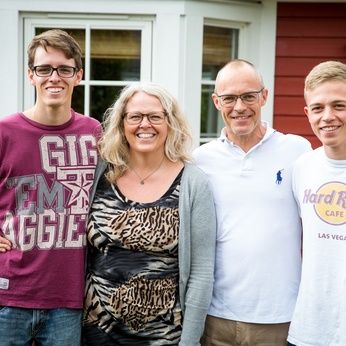
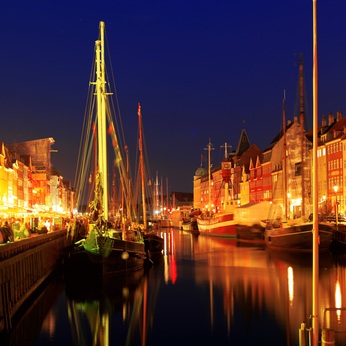
Free Time
Do you love diving into new cultures? Good, because a lot of cultural events are to be explored while in Denmark, including film festivals, theatre, operas, concerts, and even world class art exhibitions! Besides cultural activities, Denmark also has plenty of beaches to offer where you can practice water sports, such as windsurfing and kiting. You’ll probably spend quite some time on the beach since you’ll never be further than 30 km (50 miles) away from any seashore. Cycling is another activity that Danish tend to do frequently. Since the country is very flat, people like to cycle everywhere instead of driving different places.
You will do most of these after school activities with friends, since they play an important role in the life of students. Sometimes, friends are considered to be as equally important as family. When together, they love relaxing, visiting other cities, sporting or even doing homework with each other’s help.
An important part of the Danish culture is considered to be hygge, also known as coziness. It’s about creating a wholehearted and lovely warm atmosphere with the people you love. This can go from sitting by the fireplace on a cold night with your friends with a hot drink and wearing a cozy jumper, to watching TV under a cozy blanket. But hygge is even more than that, it is an entire attitude to life that makes Denmark one of the happiest countries in the world!
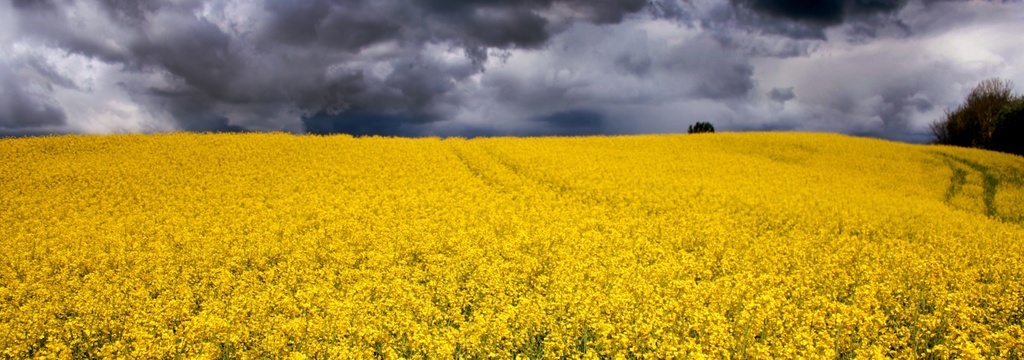
Discover Denmark
Denmark is not only famous for its furniture design and architecture but is equally known for its food, sports and films. Go explore Denmark by taking a walk in the breathtaking Tivoli gardens, by kayaking through Copenhagen, or even by trying some delicious snacks in its famous food fair area. What are you waiting for?
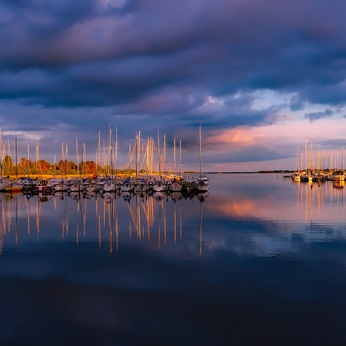
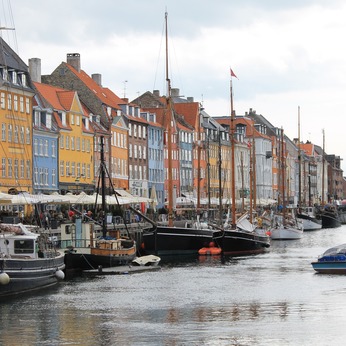
Top 10 things to do in Demark
1. Tivoli Gardens
2. Nyhavn (New Harbour) in Copenhagen
3. Scandinavian’s biggest amusement park: Djurs Sommerland
4. Lokken beach
5. Try some delicious street food at Koedbyens Mad & Marked in Copenhagen
6. Frederiksborg castle in Hillerod
7. Go to food heaven in Papiroeen (Copenhagen), a food truck area
8. Go hiking at Mons Klint (Moen)
9. Arrive in a shopping mecca at Stroeget’s long pedestrian shopping street
10. Discover Copenhagen by kayak
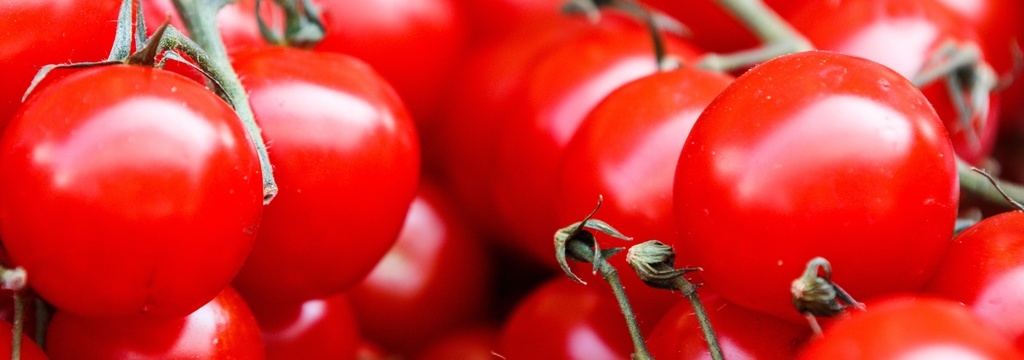
Food Facts
The Danish cuisine originates from the peasant’s own local products, but was enhanced by new cooking techniques in the late 19th century and by a broader availability of ingredients after the Industrial Revolution. Smørrebrød, Danish open sandwiches eaten for lunch, are considered to be the national specialty and can be accompanied by a lot of different other ingredients. Ground meats, such as meat balls (frikadeller) and medisterpølse, are mostly used to prepare hot meals. Other famous dishes are roast pork with crackling (flæskesteg) or poached cod (kogt torsk) with trimmings and mustard sauce.
Cooking habits in Denmark have always been influenced by continental and foreign practices. Imported tropical spices, such as nutmeg, black pepper, cardamom and cinnamon, for example, were used since the middle Ages or some even since the Vikings era. Recently, Danish chefs have been innovating some gourmet dishes based on high-quality local products and as a result, Copenhagen now has a lot of highly acclaimed restaurants.
An important concept and part of Danes’ everyday life is called ‘hygge’, which can be translated to coziness. Basically, this means creating a cozy and warm atmosphere and appreciating and adoring the good things in life with the people that you love. The warm glow of candlelight is, for example, considered to be hygge, but also sitting around a table and discussing experiences in life. Enjoying home-made cinnamon pastries, having family gatherings at Christmas and drinking some home-made tea served in a china set is hygge too. Christmas is the high season of hygge, since winters are known to be dark and long in Denmark. So the best weapon of Danes to go through the winters is hygge and its thousands of warm candles that go with it.
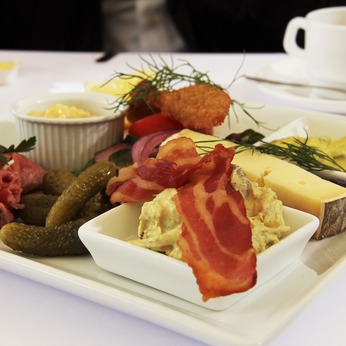
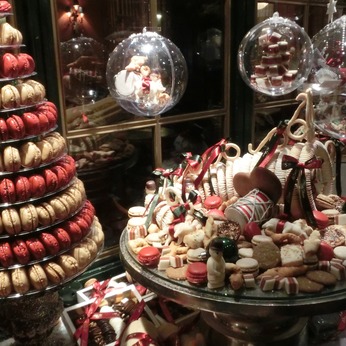
Must try Smørrebrød when on exchange
The most classic and popular dish in Denmark is Smørrebrød, literally translated as “butter and bread”. This common lunch meal has a lot of varieties but the most used ingredients for this include a slice of buttered rye bread with slices of meat, vegetables, cheese and spread. Roast beef and pork, chopped liver, salted beef, and slices of cold salmon are commonly eaten on a Smørrebrød. Toppings can range from sliced cucumber, boiled eggs, tomatoes, red onions, thinly sliced cheese, and asparagus to diced carrots. Go on exchange to Denmark and discover this delicious and diverse dish!
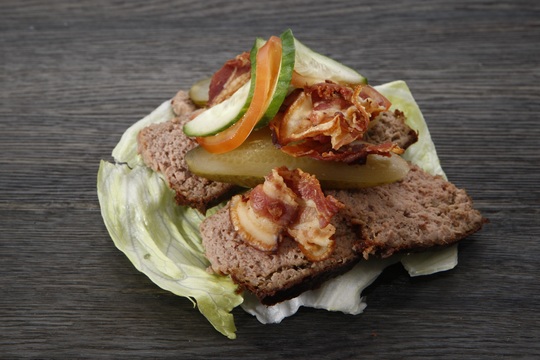
Recipe: Danish Cream Cheese Pastry
Ingredients
8 ounces/226 grams cream cheese
1 ¼ cup/160 grams confectioners’ sugar
1 large egg yolk
Pinch of salt
½ teaspoon pure vanilla extract
1 batch Danish dough
1 large egg, lightly beaten
2 tablespoons/30 milliliters whole milk
preparation
1. In a large bowl, beat together the cream cheese, 1/4 cup/32 grams confectioners’ sugar, the egg yolk, the salt and the vanilla until smooth. Transfer the mixture to a resealable plastic bag; set aside.
2. On a lightly floured surface, roll the dough out into a 12 1/2-inch square. Trim 1/4 inch off each edge. Cut the dough into nine 4-inch squares. Brush the corners of each square with a bit of the beaten egg, then fold each corner into the center and press down gently. Transfer the squares to 2 parchment-lined baking sheets.
3. Cut off the tip of one corner of the filled plastic bag so you have a 1/2-inch hole. Use the bag to pipe the cheese filling onto the center of each dough square. Loosely cover the pastries with plastic wrap and let stand until slightly puffed, about 1 hour to 1 hour 20 minutes. Heat oven to 425 degrees.
4. Remove the plastic and gently brush the top and sides of the dough with the beaten egg. Bake for 10 minutes, then rotate the sheets and reduce oven temperature to 375 degrees. Continue to bake until pastries are puffed and deep golden brown, another 6 to 8 minutes.
5. Meanwhile, whisk together the remaining 1 cup/128 grams confectioners’ sugar and the milk. Let the Danish cool slightly on the sheet then drizzle with the glaze. Serve warm or at room temperature.
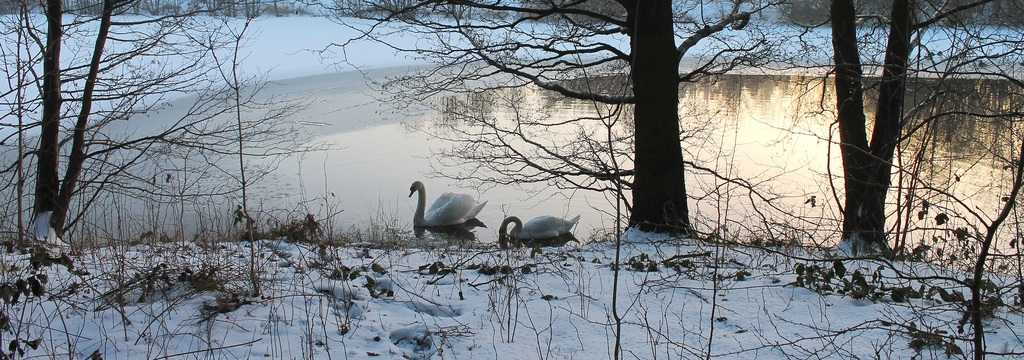
Geography
Denmark, located in Scandinavia, is the smallest of the Nordic countries and only borders to Germany in the South. Being a sovereign state, it consists of Denmark and two autonomous constituent countries: Greenland and the Faroe Islands. Denmark is made up by a peninsula and a number of islands, characterized by flat land, low elevation, sandy coasts and a temperate climate.
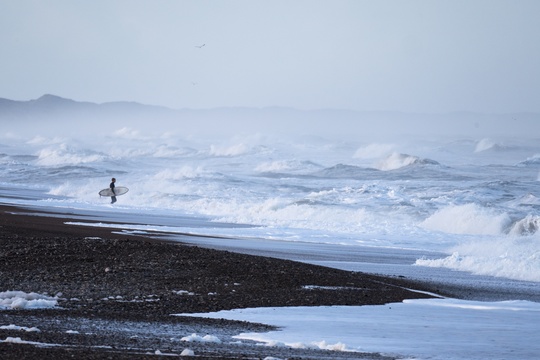
"I will miss the Danish countryside because I loved it. It was just so easy to go for a walk or go run in different places and be alone."
climate
The weather may vary completely from day to day. The seasons are very different from each other; if you stay for a whole year you might be able to experience a warm green summer, were you could go for pic-nicks near a calm beach next to the sea. In autumn you will see a beautiful number of different colors on the trees, from brown, red, orange to yellow. In winter you can experience snow if you are lucky and feel the hygge of the Danish Christmas spirit! And by spring you will be able to communicate well in Danish, have good friends and the weather will start to get warmer and brighter, for you to enjoy the last days of your stay.
nature
Did you know that about 13% of Denmark is made up of forests. Despite being a small country, Denmark has a lot of various landscapes and places characterized by natural beauty to discover.
The Island of Fur is a very beautiful place to explore as this unique island is one of the most beautiful of all Denmark. Being a candidate to become a UNESCO World Heritage Site, you can discover Denmark’s early history through layers of volcanic ash and mo-clay, a unique sediment only found in the Limfjord region. Another fun activity to do here is searching for fossils on the beach, guided by a geologist or on your own.
The largest forests in Denmark are located in Mid Jutland, characterized by lakes and moors. A lot of the lakes in this area are connected by Denmark’s largest rivers, Gudenåen, which offers the possibility to explore a beautiful network of shorelines and walking and cycling routes along magnificent forests.
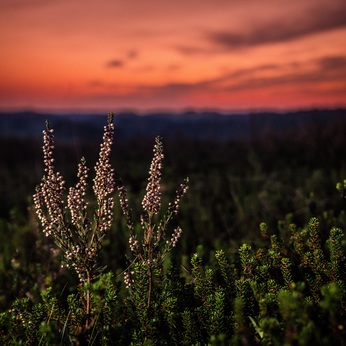
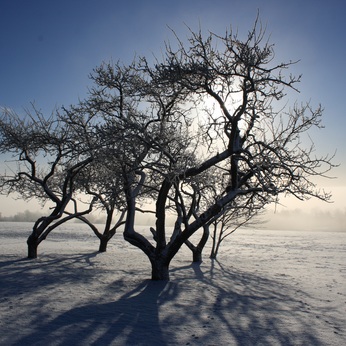
Did you know...
That, first acknowledged in 1219, the Danish flag remains the oldest state flag in the world still in use by an independent nation?
That the Copenhagen harbor is clean enough to swim in?
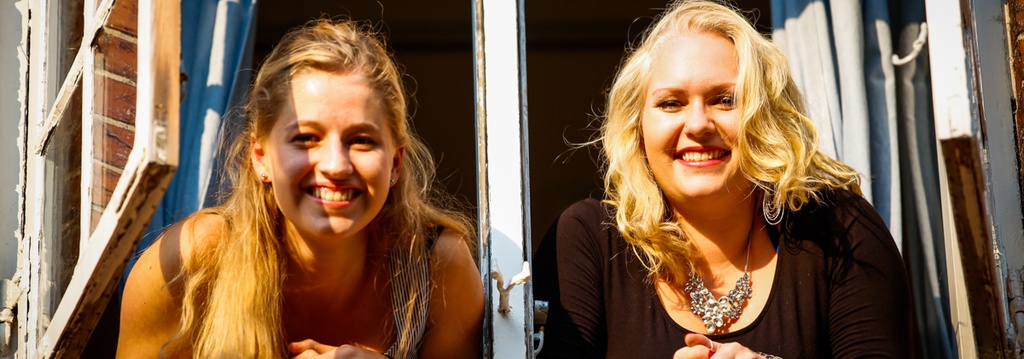
Language
Skole, Venner, Familie, Skikke, Bror, Søster, Udveksling
Do you know what these words mean? Start learning some Danish!
Denmark itself. However, Danish is also considered to be a minority language in Germany, Sweden, Spain, Norway, the United States, Argentina, Brazil, and Canada. Additionally, around 15 to 20% of the people in Greenland speak Danish, due to immigration and language shifts.
Danes generally speak high level of English, which helps you to get to know each other during the first days of your exchange. We recommend you try to only use Danish since the start of your exchange, so you will learn faster.
It’s not required to take language lessons in order to participate in a YFU cultural exchange year. However, it is recommended to try and practice the basics, since it will be a lot easier to communicate with your future friends. Embrace this new language and culture, since this will benefit you a lot: the less you speak in your native language or English, the faster you can learn a new one. Usually, exchange students can already communicate the basics by their third month of speaking a foreign language.
Language Learning Tools
Are you considering learning some Danish before you leave? Check out this YouTube channel to practice the basics: https://www.youtube.com/user/DanishClass101. It’s also a good idea to watch Danish movies with subtitles or to listen to Danish songs. The more you are confronted with a new language in your day-to-day life, the easier you will be able to manage it!
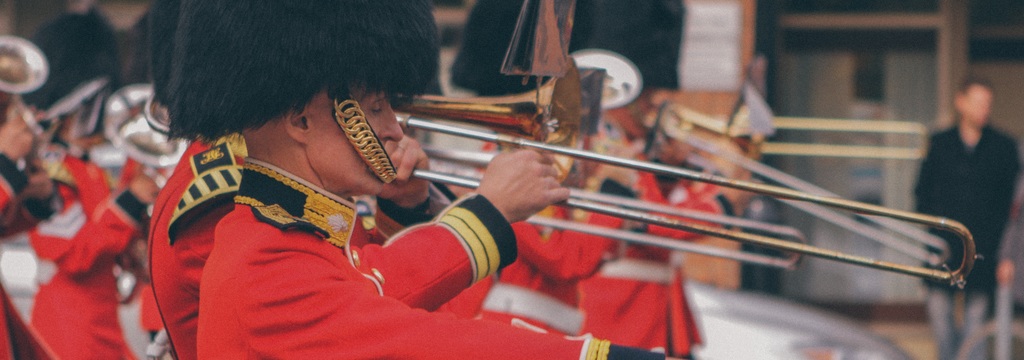
Movies and Music
Danish Rock
In the 1950s, Denmark imported rock music from the United States, where it was immensely popular at the time. In the early 1960s, Danish musicians such as The Hitmakers, The Defenders and The Beefeaters were influenced and inspired by British R&B and beat bands. Towards the end of the decade, a large part of the rock world was already including sociopolitical lyrics, as the counterculture began to rise.
However, by the 1980s, pop-rock bands such as Sneakers and Sebastian became more and more popular, together with music groups influenced by the punk genre. Nowadays, the Danish rock scene is ruled by indie influences in bands including Mike Tramp and the Raveonettes. Other genres that are becoming popular within rock music are alternative rock, guitar rock, hard rock and electro rock. If you would like to explore some great famous Danish rock musicians, you should put Lars Urlich, White Lion and Mike Tramp on your playlist!
Movies
Check out this website to see Danish movies most appreciated by viewers: http://www.imdb.com/country/dk
Events and celebrations that evolve around music or movies
A fun festival to go to is the annual Roskilde Festival, held in the city of Roskilde. Being the second largest festival in Europe, it featured a lot of wide-known artists already, such as Bob Dylan, Nirvana, U2, Guns N’ Roses, Green Day, Black Sabbath etc. Besides that, the festival has also been focusing on world music, Danish music and alternative genres. If you prefer jazz over rock, you should definitely go discover one of the largest jazz festivals in Europe. This festival is located in Denmark’s capital, Copenhagen, which is also considered to be the European jazz capital. The streets, clubs, squares and concert halls of this vibrant city come alive during ten days of getting together and enjoying music.
A rather new festival is called Tinderbox, offering a brand new mix of rock, pop and electronic to the enthusiastic people in Tusindårsskoven. The festival, inspired by Hans Christian Andersen, has a couple of inspirational mottos, including ‘where words fall, music speaks’.
Denmark doesn’t only offer music festivals, but also really fun film festivals that you can attend with your host family, friends or other exchange students. The Odense International Film Festival, for example, has an extensive and successful tradition, already existing since 1975. At the end of August and the beginning of September, Odense is colored by film-related workshops, debates, experiences, concerts and so much more.
